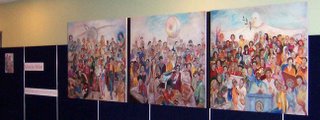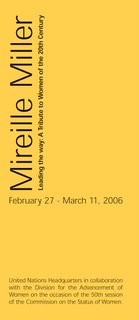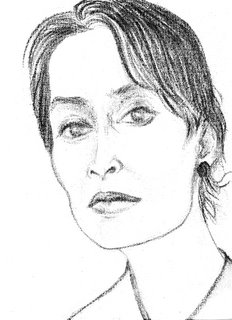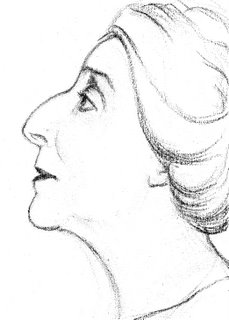

In January, the online Human Rights magazine Voices Unabridged (January Issue # 7) published an article on my triptych Leading the Way: A Tribute to Women of the Twentieth Century announcing my upcoming show at the United Nations Headquarters in New York City.
The Division for the Advancement of Women, who organized the 50th Session of the Commission on the Status of Women, had selected Leading the Way to commemorate the event.
The exhibit is running from February 27th to March 11th. To the left is the show's annoucement. Up above, the triptych on display at the UN.

